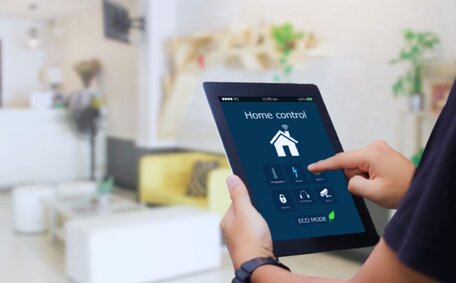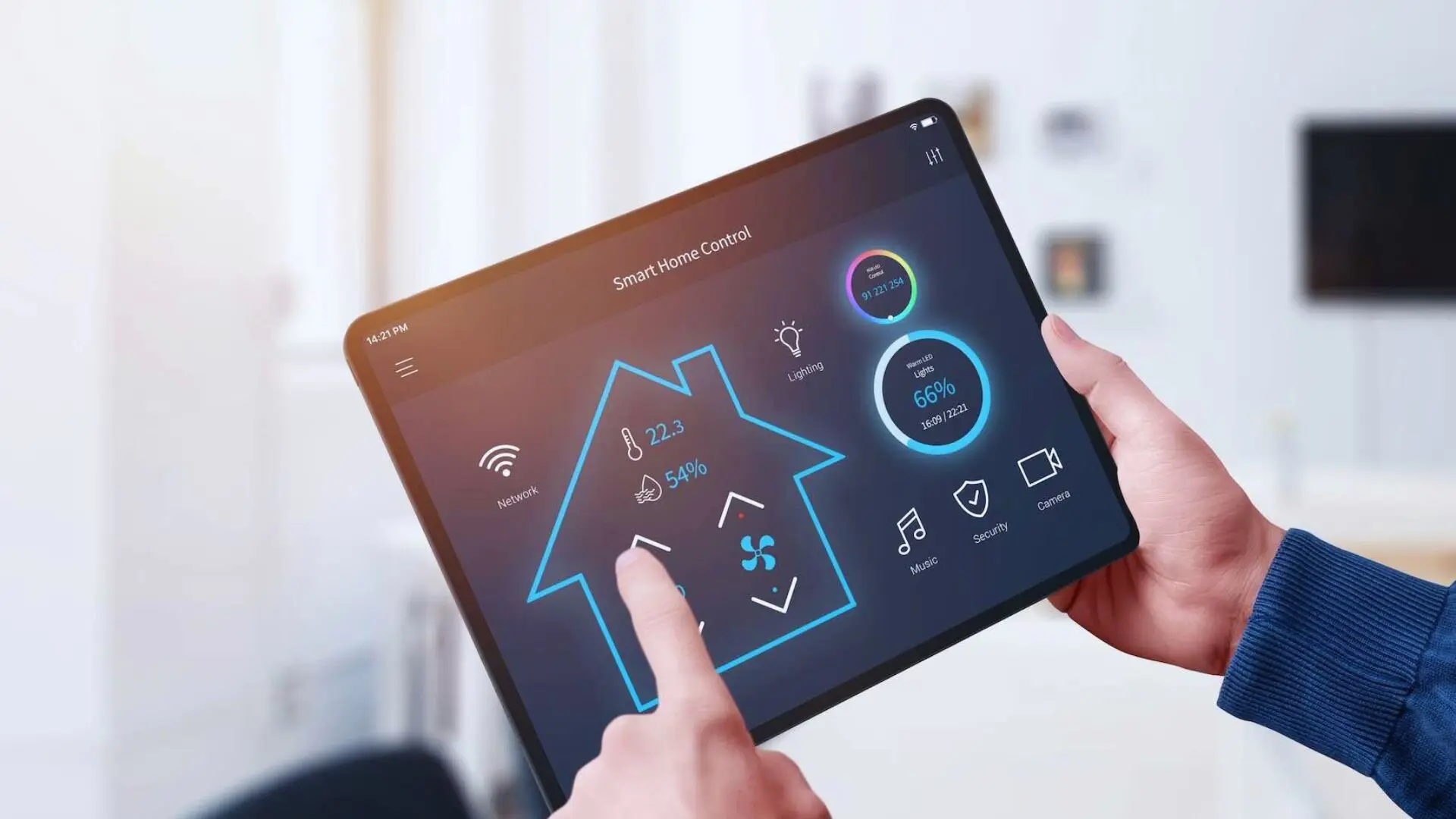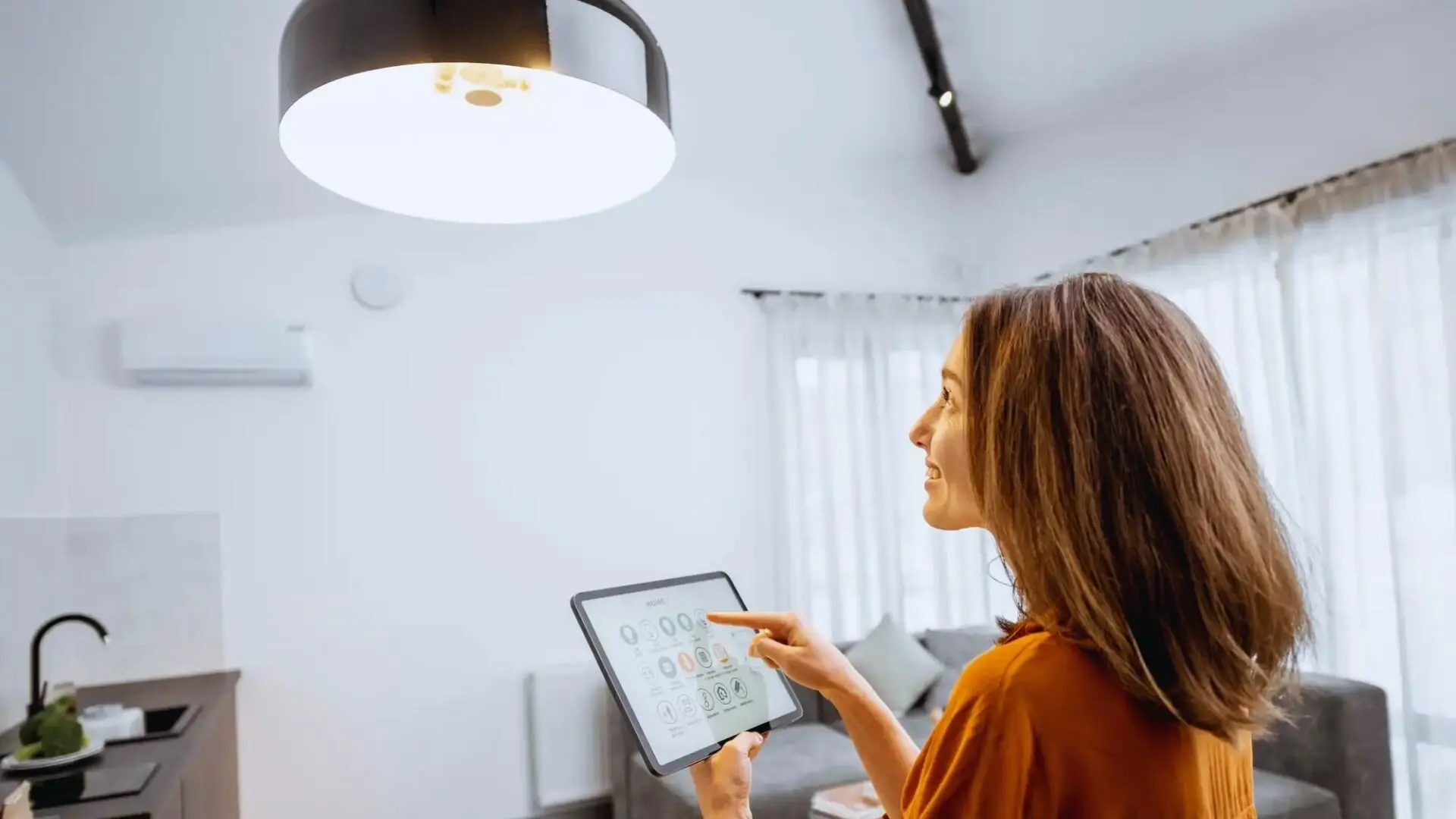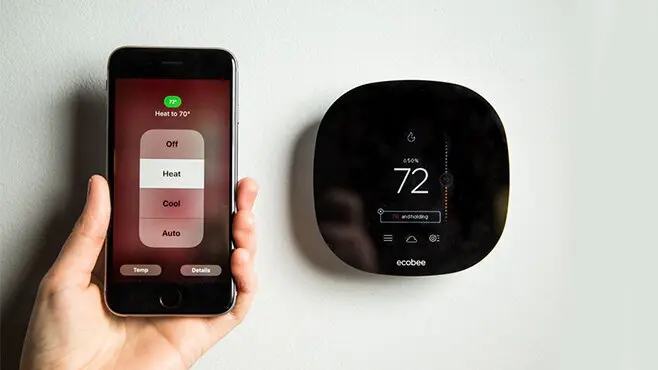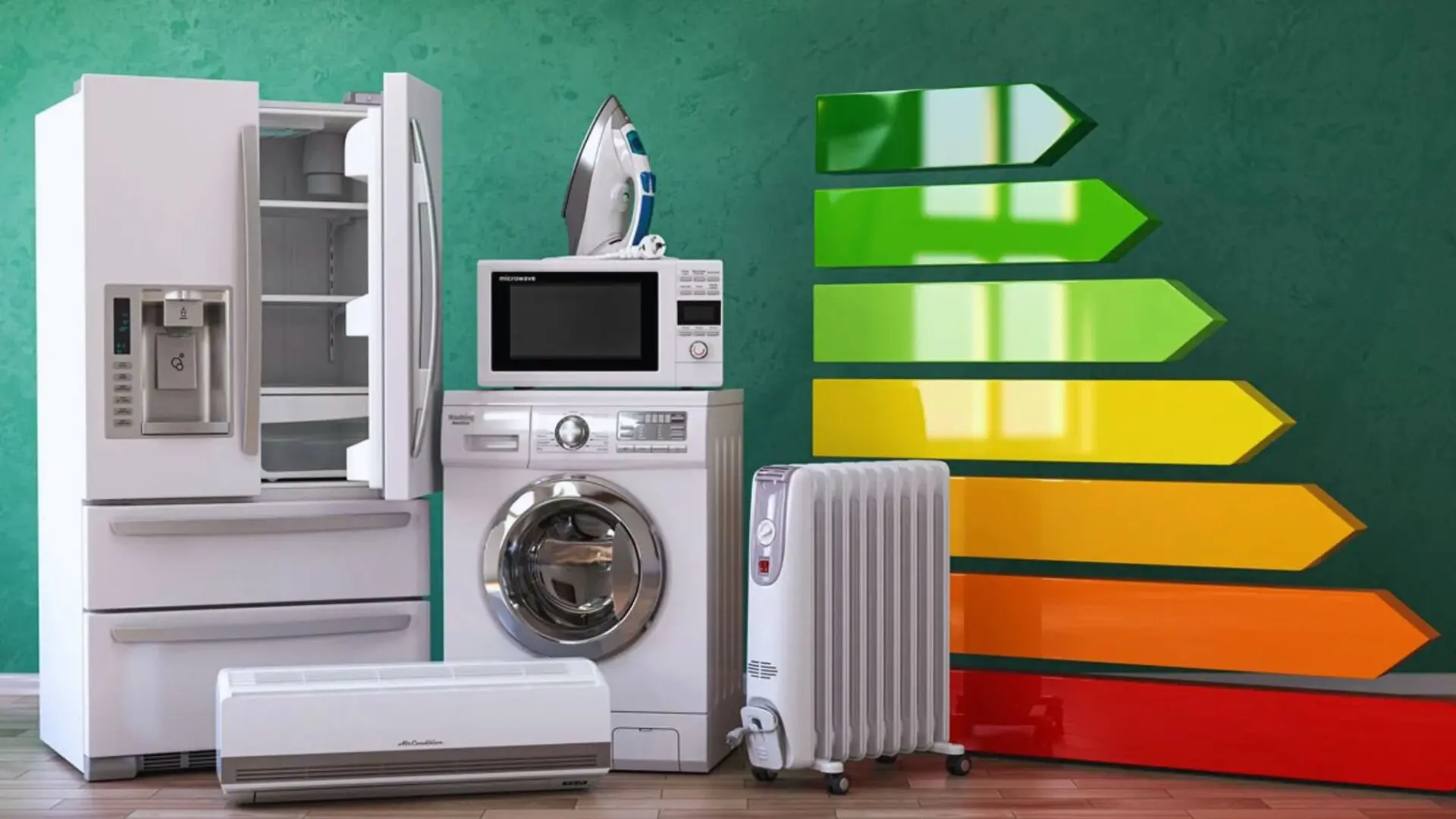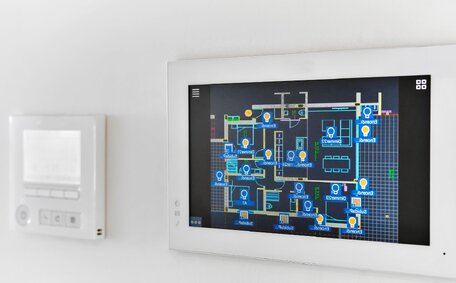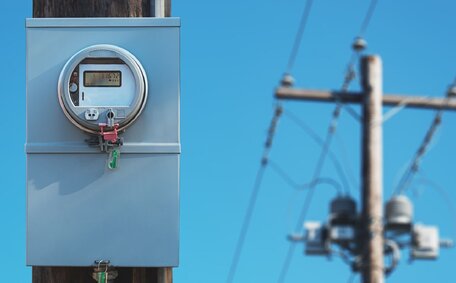High energy costs can be a menace. Sinceelectricity bills are not expected to go down anytime soon, it is best to consider switching to more sustainable options.
Transforming your home into a smart home is a fantastic way to tackle high energy costs. By installing smart appliances, you not only save money but also shrink your carbon footprint, making you a savvy, eco-friendly consumer.
However, how can you do so? Which electrical appliances should you install in your home to truly save energy? This guide will answer such questions. Let us begin reducing energy consumption together!
What Are The Benefits Of A Smart Home?
![Changing Temp On Smart Home Tech Changing Temp Smart Home Tech]()
1. Increased Convenience
One of the best benefits of a smart home is its convenience. You can control everything from lighting and temperature to security with your remotes. Most appliances installed in a smart home can be controlled using smartphones, tablets, and voice assistants.
2. Improved Security
Features like automatic locks and alarms can help protect your home from dangerous intruders, which is why smart homes can help you level up your security. A smart home also enables you to monitor who goes in and out of your house, which can help you keep track of visitors. Some smart homes even have the option of notifying the relevant authorities by ringing the alarm whenever someone breaks into your house.
3. Energy Savings
A smart home can help you save energy in several ways. For instance, the sensors present in your smart appliances can detect when the devices are not in use and turn them off. Similarly, devices like smart power strips know when appliances are in standby mode and automatically turn off the power supply. As such, you save money on energy bills!
4 Ways Your Smart Home Can Save Energy
1. Smart Lighting
Smart lighting shines by removing the hassle of manually switching lights on and off. Built-in timers and sensors can tell when a room is occupied, automatically adjusting lights accordingly.
Smart lighting systems cleverly adjust brightness based on surroundings. On a sunny day, for instance, lights in a well-lit room automatically dim, harnessing natural light while saving energy.
Additionally, traditional lighting systems may brighten your rooms but not give you complete control. Smart lighting, on the other hand, allows you to control its operation irrespective of whether you are physically present in a specific section of your house or not.
![Woman Dimming Smart Lights Woman Dimming Smart Lights]()
2. Smart Thermostats
Smart thermostats are terrific tools for conserving energy. Equipped with sensors, they detect if a room is occupied and adjust the temperature, ensuring no energy goes to waste needlessly.
Additionally, smart thermostats can be synced with the weather conditions outside to adjust the temperature of your rooms accordingly. Hence, if it is already cool outside, the thermostat will not unnecessarily cool your room, thus saving energy. Following the same principle, the temperature will also be adjusted based on the time of day.
Some smart thermostats offer handy consumption reports. With these insights, you can tweak your lifestyle to maximise energy savings. They often come with personalised recommendations, too!
![Home Smart Thermostat Home Smart Thermostat]()
3. Energy Monitoring
Tracking your daily energy use is key to cutting down energy consumption. Connect all your smart devices to an energy monitoring tool, and you'll be well-equipped to spot energy-saving opportunities in your home.
For instance, if your energy consumption is the highest during the day, you can make specific changes to reduce it. You can opt for several measures, such as scheduling tasks like dishwashing at non-peak hours.
4. Energy-Efficient Appliances
As the name suggests, energy-efficient appliances are built with a technology that allows them to use the least possible energy to function effectively. They also have smart features that enable you to monitor and control them.
Energy-efficient appliances, such as smart refrigerators, use advanced insulation technology to keep food cool without excessive energy use. Similarly, smart washing machines use high-speed spin cycles to remove water from clothes. Energy-efficient dishwashers use less water and energy by optimising the water cycle and drying process.
![Smart Home Appliances Smart Home Appliances]()
Exploring Ways Your Smart Home Can Help You Save Energy
Smart homes provide better facilities and security than traditional ones, but the benefits of the former go beyond that. By saving energy through energy-efficient smart appliances, you can reduce your bills and carbon footprint at the same time.
Smart lighting, thermostats, and energy monitoring tools are a few smart appliances that can help you save money. To save even more energy, you can switch to other energy-efficient appliances, such as refrigerators, dishwashers, etc.
At Bright Force Electrical, we aim to provide our clients with the best electricians in Stanmore. Our team of experts is trained to handle any electrical job, from installing smart lighting to maintenance and renovations. Call us today and save energy by asking us to install energy-efficient devices in your house!
FAQs
Are there any potential drawbacks to using a smart home for energy efficiency?
Some potential drawbacks to using a smart home for energy efficiency include high installation costs and incompatibility among specific smart devices. Further, certain smart home devices can store your private data for better optimisation, so there may be issues related to privacy.
How much can I save on energy bills by implementing smart home automation?
The amount of money you save on your energy bills by implementing smart home automation depends on several factors, such as the size of your house, the types of smart devices installed, your lifestyle, and so on. However, switching to a smart home can save up to 20% on your electricity bills.
How can motion sensors help homeowners save energy?
Motion sensors installed as part of a smart home security system can detect when a room is occupied. This allows smart lighting to automatically turn off when you leave a room, reducing energy consumption from unused lights. Motion sensors ensure lights and electronics are powered on only when needed.
What are some easy ways to start controlling energy usage with smart devices?
Installing smart light bulbs like Philips Hue or a smart plug is an affordable and easy way to start controlling energy usage in your home. Connect these Energy Star-certified devices to a voice assistant like Alexa to turn electronics on and off or dim smart bulbs without lifting a finger. Slowly expand your connected devices over time for whole-home energy management.
How can smart thermostats reduce energy costs?
Smart thermostats like Nest learn your schedule and temperature preferences over time. This allows them to automatically adjust the temperature in your home to save you money when you are out or asleep. Smart thermostats can cut HVAC energy usage by as much as 15% compared to programmable thermostats.
What are the limitations of smart devices for energy efficiency?
While smart devices can optimise energy usage automatically, they need resident participation for maximum benefit. Smart lighting relies on users manually turning lights off when leaving a room. Smart thermostats work best when residents maintain consistent schedules week to week. Homeowners must be willing to interact with devices and the companion app for ongoing energy savings.
